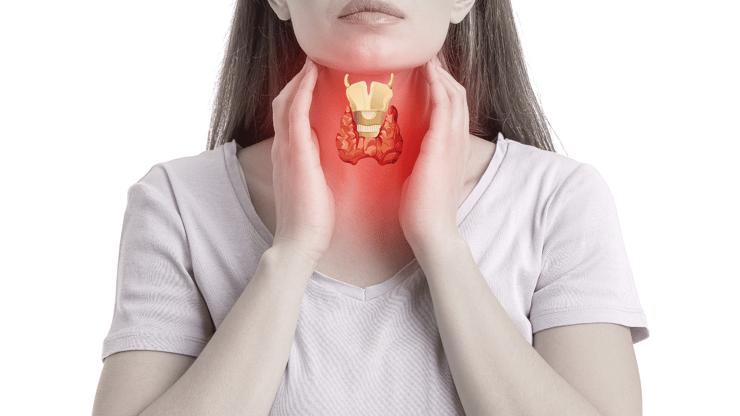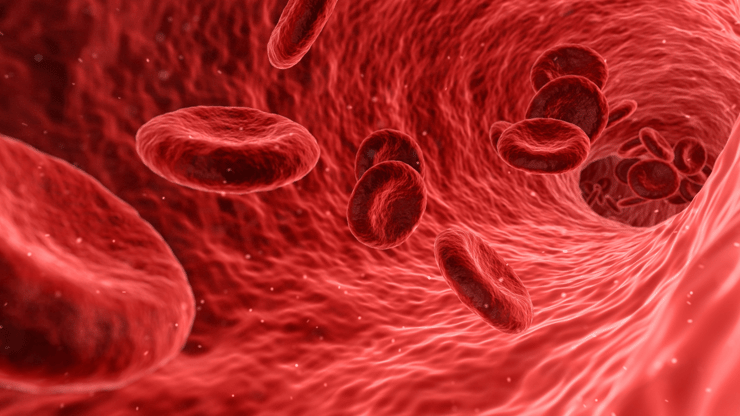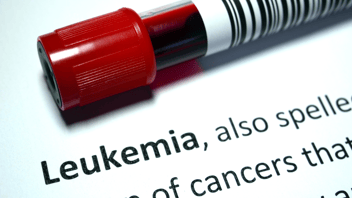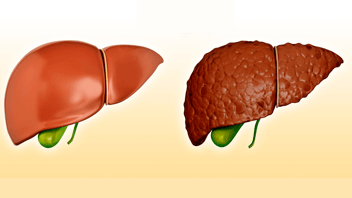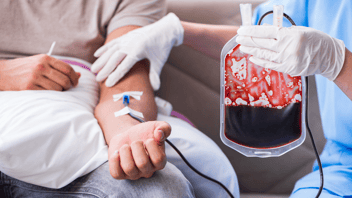Breaking down Lymphoma for your NCLEX review + Free download
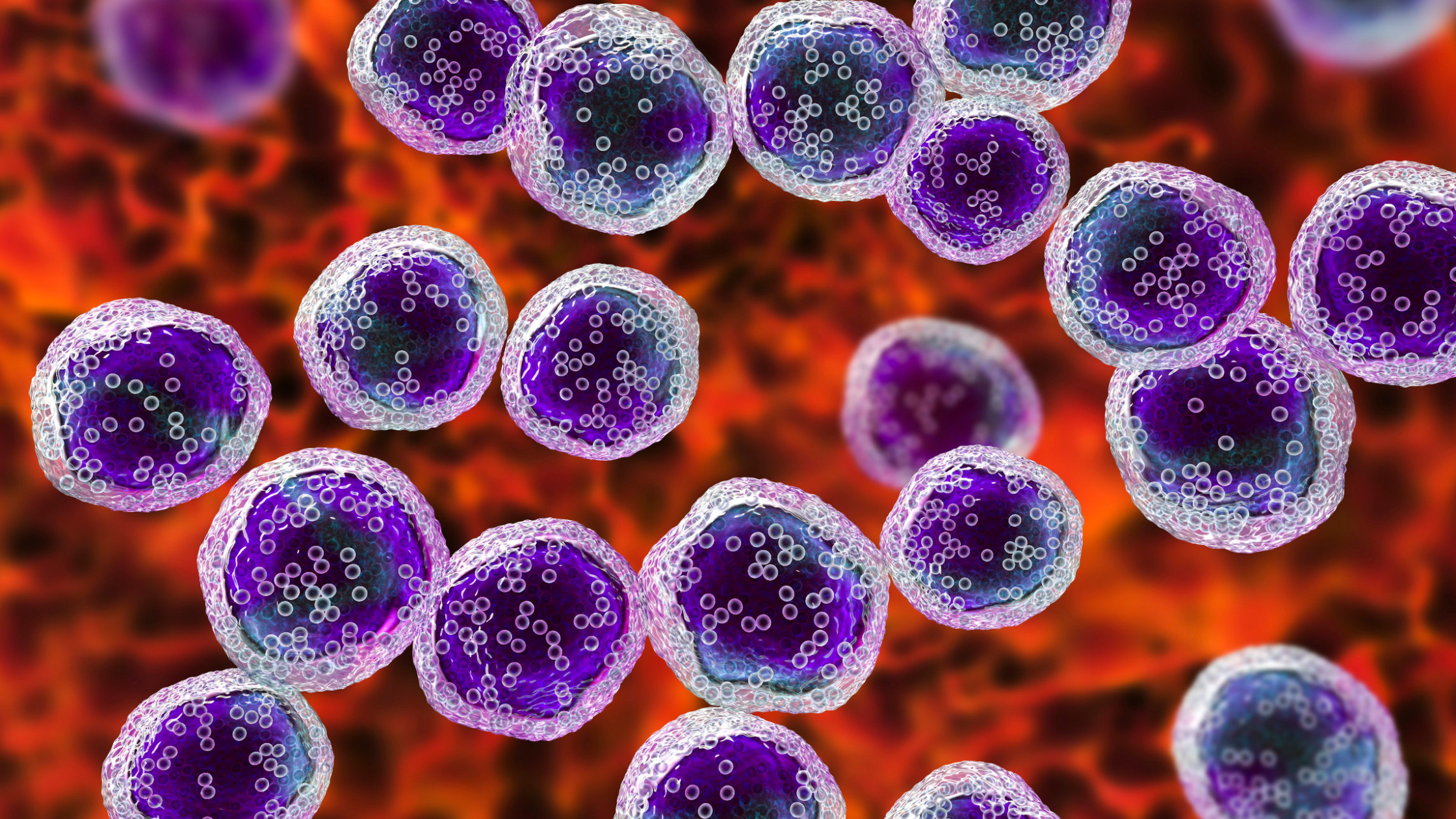
Understanding Lymphoma For Nursing Students
Common Cancer: Lymphoma is one of the most common types of cancer. Nursing students need to be knowledgeable about its etiology, classification, and management to provide competent care to patients diagnosed with lymphoma.
Patient Care: Nurses play a critical role in caring for patients with lymphoma, from diagnosis to treatment and follow-up. Understanding the disease helps nurses provide holistic and patient-centered care.
Assessment Skills: Nurses need to be skilled at assessing signs and symptoms of lymphoma, such as swollen lymph nodes, unexplained weight loss, night sweats, and fatigue. Early recognition and reporting of these symptoms are vital for timely diagnosis and treatment.
.png?width=1200&height=630&name=nclex%20review%20for%20angina%20(2).png)
Diagnostic Tests: Nursing students should understand various diagnostic tests used to confirm lymphoma, including biopsies, blood tests, imaging studies, and bone marrow aspiration. Knowledge of these tests helps in providing accurate information to patients and supporting their understanding of the diagnostic process.
Treatment Modalities: Familiarity with different treatment options for lymphoma, such as chemotherapy, radiation therapy, targeted therapies, and stem cell transplantation, allows nurses to educate patients about their treatment plans, manage side effects, and provide appropriate care.
Pain Management: Lymphoma and its treatments can cause pain and discomfort. Nurses need to understand pain assessment techniques and collaborate with the healthcare team to provide effective pain management.
Adverse Effects: Nursing students should be aware of potential adverse effects of lymphoma treatments, such as immunosuppression, infection risk, and chemotherapy-related side effects. Early identification and management of these effects are crucial.
NCLEX Preparation: The NCLEX exam may include questions about lymphoma, its pathophysiology, treatment options, and nursing interventions. A solid grasp of this topic is essential for answering these questions accurately.
Overall, understanding lymphoma equips nursing students to provide compassionate, competent, and patient-centered care to individuals diagnosed with this complex condition. It ensures that nursing students are prepared to address the challenges, concerns, and needs of cancer patients and their families.
.png?width=1200&height=630&name=nclex%20review%20for%20angina%20(2).png)
General Information for Lymphoma
1. Cancer of the lymphatic system affecting lymphocytes, which impairs immune response
2. Classified by Type
a. Hodgkin’s Lymphoma→ Presence of Reed-
Sternberg cells
b. Non-Hodgkin’s Lymphoma→ Absence of Reed-Sternberg cells, 90% of Lymphomas
3. Tumors may form in/around the lymph nodes
4. Lymphocytes affected → can travel/metastasize through the lymphatic system
Nursing Assessment for Lymphoma
1. Painless swelling of lymph nodes2. Persistent fatigue
3. Fever
4. Night sweats
5. Shortness of breath
6. Unexplained weight loss
7. Enlarged liver or spleen
8. Risk for Infection
.png?width=1200&height=630&name=nclex%20review%20for%20angina%20(2).png)
Therapeutic Management for Lymphoma
1. Official diagnosis with lymph node biopsy→ Hold pressure over the biopsy site
2. Chemotherapy and radiation
3. Monitor for s/s metastasis (high-risk because it travels through the lymphatic system in the body)
Nursing Case Study for Lymphoma
Patient Profile:
Sarah Miller, a 24-year-old female, presents to the oncology clinic with complaints of enlarged lymph nodes in her neck, fatigue, and night sweats. She has a history of unexplained weight loss over the past few months. Physical examination reveals palpable, painless lymph nodes in her neck and axillae.Assessment:
- Upon assessment, Sarah's lymph nodes are firm, non-tender, and mobile. She reports fatigue, unexplained fever, and drenching night sweats. Her medical history is otherwise unremarkable.
- Based on the clinical presentation and diagnostic tests, Sarah is diagnosed with Hodgkin lymphoma, a type of lymphoma characterized by the presence of Reed-Sternberg cells in the lymph nodes.
Interventions:
1. Diagnostic Workup:
Collaborate with the healthcare team to schedule imaging studies, such as CT scans and PET scans, to assess the extent of disease involvement.
Assist in arranging a lymph node biopsy to confirm the diagnosis and determine the subtype of Hodgkin lymphoma.
2. Treatment Plan:
Collaborate with the oncologist to develop an individualized treatment plan for Sarah, which may include chemotherapy, radiation therapy, or a combination of both.
Educate Sarah about the treatment options, potential side effects, and the expected course of therapy.
3. Symptom Management:
Assess and manage Sarah's symptoms, such as fatigue, fever, and night sweats, to improve her quality of life during treatment.
Collaborate with the healthcare team to address any pain or discomfort she may experience.
4. Psychological Support:
Provide emotional support to Sarah and address her fears, anxieties, and concerns related to her diagnosis and treatment.
Encourage her to express her feelings and provide resources for counseling or support groups.
5. Nutritional Support:
Collaborate with a registered dietitian to ensure that Sarah is receiving adequate nutrition during treatment, as chemotherapy can impact her appetite and dietary intake.
6. Education:
Educate Sarah about self-care strategies to minimize the risk of infection, such as hand hygiene and avoiding sick individuals.
Discuss the importance of adhering to the treatment plan and attending all scheduled appointments.
7. Family Involvement:
Involve Sarah's family in her care plan and provide them with resources to support her emotionally and practically throughout her treatment journey.
8. Follow-Up Care:
Collaborate with the oncology team to establish a follow-up plan for Sarah, including regular check-ups, imaging, and monitoring for treatment response.
Outcome:
With a comprehensive care plan in place, including chemotherapy and supportive measures, Sarah's Hodgkin lymphoma responds well to treatment. Her lymph nodes gradually reduce in size, and her symptoms improve. She continues to attend follow-up appointments and remains engaged in her recovery.
Free Download for Lymphoma NCLEX Review
Looking for more must-know NCLEX review topics? Download our free eBook, "NCLEX Flash Notes: 77 Must-Know Nursing Topics for the NCLEX," by simply providing your email address below. I'll send you a complimentary copy straight to your inbox!
.png?width=1200&height=630&name=nclex%20review%20for%20angina%20(2).png)
You CAN Do This
Happy Nursing!




